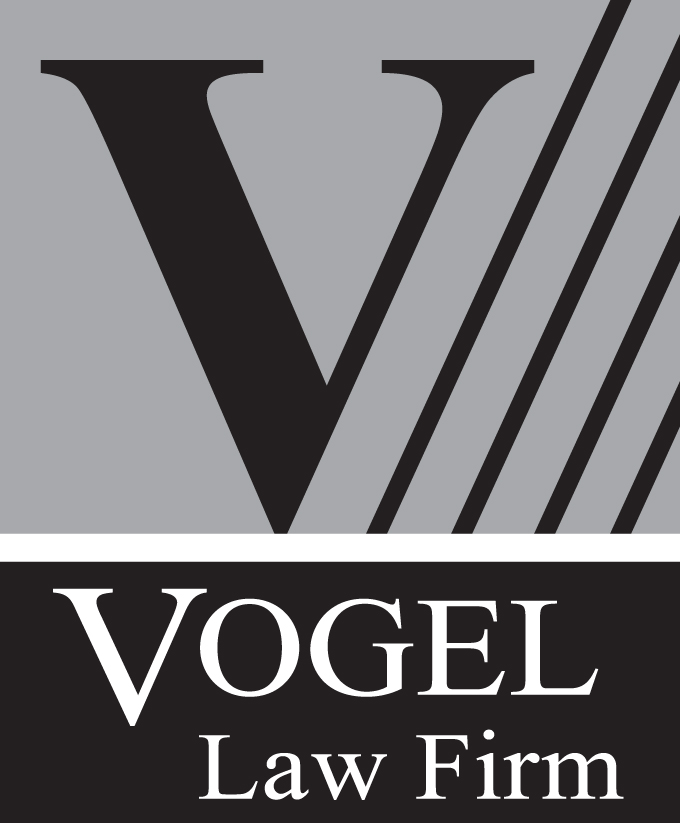Latest News
Complying with OSHA Regulations and COVID-19 in the Workplace
Posted 8/18/21 (Wed)


By KrisAnn Norby-Jahner
Attorney at Law
On June 10, 2021, the Occupational Health and Safety Administration (OSHA) released updated Emergency Temporary Standard (ETS) to employers providing healthcare services to minimize/prevent the spread of COVID-19: 29 C.F.R. § 1910.502 – 509. OSHA aligned with Centers from Disease Control (CDC) recommendations and provided direction for COVID-19 plans; patient screening and management; Standard and Transmission-Based precautions; personal protective equipment (PPE); aerosol-generating procedures (AGPs); physical distancing; physical barriers; cleaning and disinfection; ventilation; health screening and medical management; vaccination; training; anti-retaliation; cost-free to employees; recordkeeping; OSHA reporting requirements; and compliance dates. As of July 2021, these are five issues where healthcare employers were grappling:
1. What does an OSHA-approved COVID-19 plan look like?
Healthcare employers must develop and implement COVID-19 plans for each work site that designates one or more COVID-19 safety coordinators who “must be knowledgeable in infection control principles and practices as they apply to the workplace and employee job operations.” Plans must include a hazard assessment process to help employers identify and understand where COVID-19 hazards potentially exist and implement controls to minimize transmission risk. Employers have some discretion, but must include evaluation of potential workplace exposure, including patients, coworkers, independent contractors, visitors etc. Plans should identify congregation areas; how employees enter/leave/travel through the workplace; high-risk areas/tasks/occupations; communication of planned actions to high-risk employees; controls to eliminate/mitigate hazards; among other requirements. Input and involvement of non-managerial employees and their representatives (e.g., union steward) in developing the plan is required. OSHA provides a model plan on its website.
2. What are the requirements for facemasks and patient screening?
Employers must provide and require facemasks for employees when indoors or in a vehicle with others for work purposes, unless: (1) employee is alone; (2) employee is eating/drinking 6 feet away from others or separated by a physical barrier; (3) employee is wearing respiratory protection; (4) employee’s mouth must be seen; (5) medical necessity/condition/disability/religious belief accommodated under the law; or (6) facemask presents a hazard of serious injury or death. Exceptions 4-6 require alternative protection, such as a face shield, if conditions permit. Employers must limit and monitor direct patient care entry points; screen and triage all clients, patients, residents, delivery people, and other non-employees/visitors entering the premises; and adhere to the CDC’s “Covid-19 Infection Prevention and Control Recommendations.”
3. What is required for health screening and medical management?
Employers must: (1) screen employees before shifts (self-monitoring allowed); (2) provide employer-required testing at no cost; (3) require employees to notify employer if COVID-19 positive, if suspected of having COVID-19, or if experiencing symptoms; (4) notify employees within 24-hours when a co-worker is COVID-19 positive; (5) follow requirements for removing workplace employees; and (6) return employees to the workplace in accordance with guidance from a licensed healthcare provider or CDC guidance.
4. What are the paid leave requirements for medical removal protection benefits?
Employee medical protection benefits must be provided to those medically removed from the workplace. Benefits include those “to which the employee is normally entitled” and payment of “the same regular pay the employee would have received had the employee not been absent from work, up to to $1,400 per week, until the employee meets the return to work criteria.” Beginning the third week of medical removal, should removal last that long, employers with fewer than 500 employees may reduce pay to 2/3 of regular pay up to $200 per day. Sick leave, vacation leave, other benefits, and/or other additional sources of income the employee receives may be used to reduce the required paid leave under OSHA regulations. Employees cannot be retaliated against for this situation.
5. What are the OSHA recordkeeping and reporting requirements?
Employers must record all work-related confirmed cases of COVID-19 on OSHA Forms 300, 300A, and 301 (or equivalent forms). Also, employers with more than 10 employees must: (1) retain all versions of the COVID-19 plan implemented to comply with the ETS while in effect; (2) maintain a log of each instance an employee is positive, regardless of whether the instance is connected to exposure at work, within 24 hours of learning of the positive result; and (3) upon employee request, provide the COVID-19 plan, a COVID-19 log entry related to the request, or a redacted version of the full COVID-19 log.
OSHA reporting requirements include each work-related COVID-19 fatality within 8 hours of the employer learning about the fatality; and (2) each work-related COVID-19 in-patient hospitalization within 24-hours of the employer learning about the in-patient hospitalization.
As regulations may shift and change*, employers are encouraged to work with professionals, including employment lawyers, when navigating COVID-19 issues and OSHA regulations. *This article is based upon OSHA regulations as of July 30, 2021.
For more information, contact KrisAnn at VOGEL LAW 866-771-9930